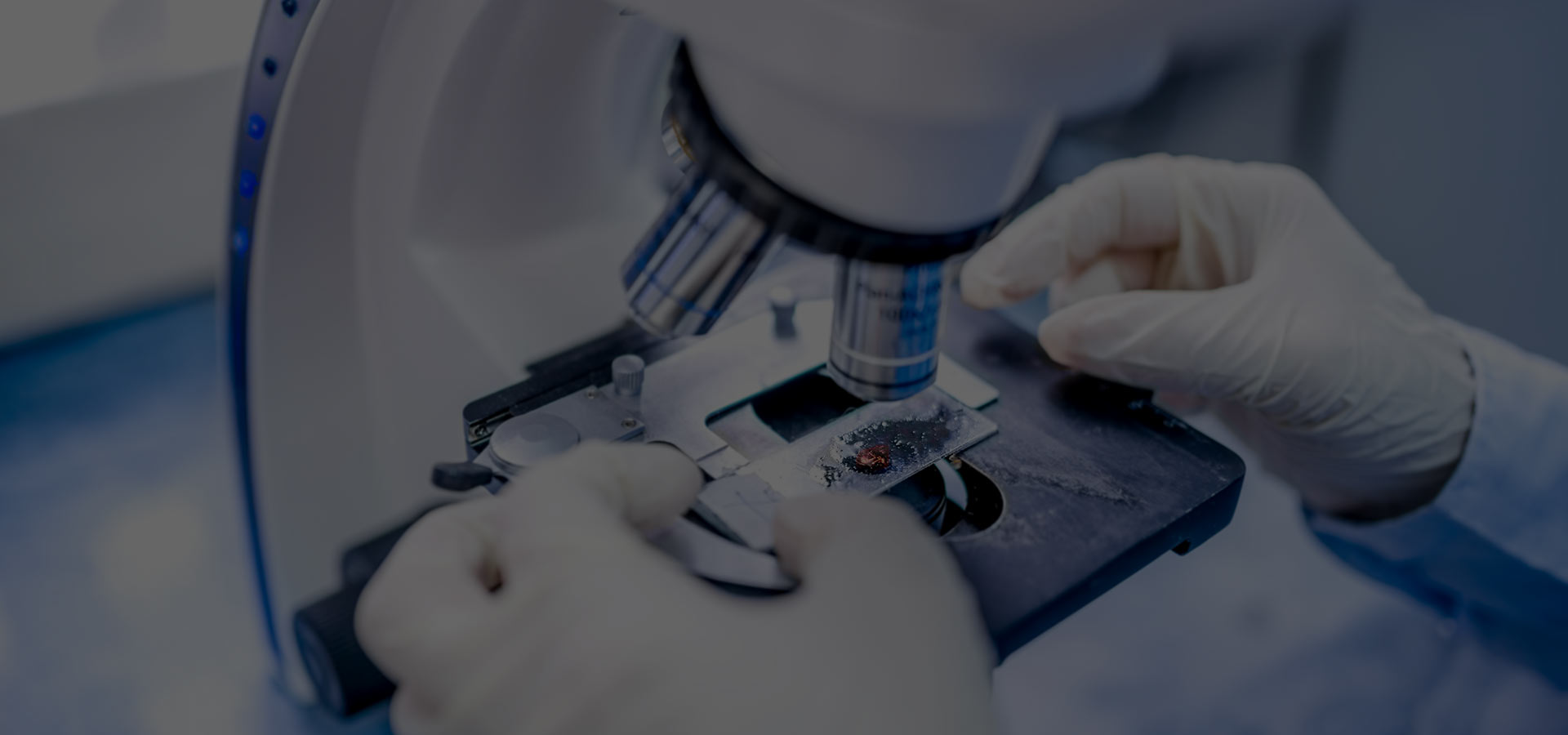
In Laser Hatching technique, Zona Pellucida, a glycoprotein layer hemming in the plasma membrane of mammalian oocytes, is slightly opened through an anodyne laser to attenuate the upper layer of embryo so that it can be removed from Zona Pellucida and placed in a microscope. The Zona holds a vital role in fertilisation process as only one sperm can perforate the Zona and fuse with the egg to fructify fertilisation. The laser to soften the shell of the embryo is non-contact which means that embryo is not in direct contact with laser.
The opening of embryo is enhanced with the help of laser. The whole procedure is carried out with thorough precision and delicacy. This technique improves and ramps up pregnancy rates among women.
Laser Assisted hatching takes remarkably less time and shields the embryo from toxic chemicals so the collective effect of these factors reduces the stress placed upon the embryo during the process. The technique also ensures that the embryo is less exposed to physical manipulation.

